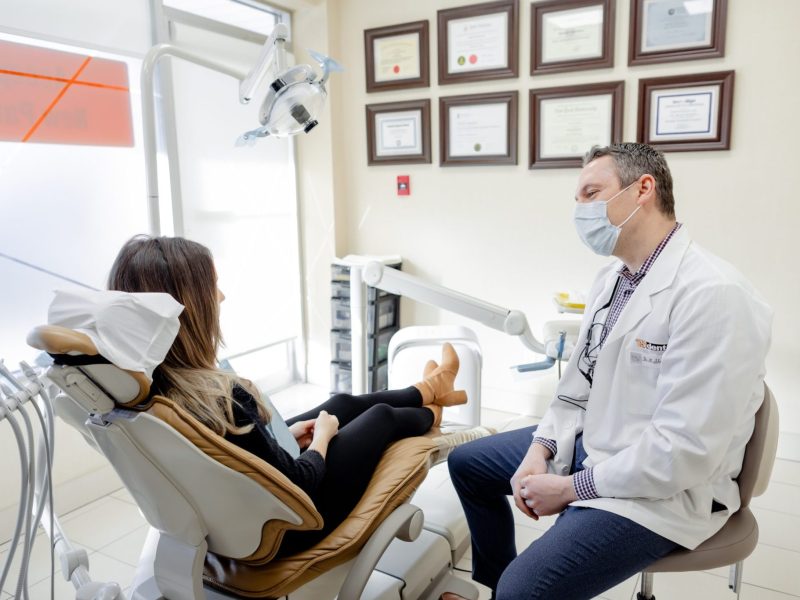The wisdom tooth, also known as the third molar, is the last set of molars located at the back of the mouth. These teeth typically develop during adolescence and early adulthood, and their journey involves three key stages: development, eruption, and sometimes extraction.
- Development:
The development of wisdom teeth begins during the preteen years, around the ages of 10 to 12. At this stage, the wisdom teeth are forming deep within the jawbone. As with other teeth, they start as tooth buds and gradually develop roots. However, unlike other teeth, wisdom teeth often face space constraints in the jaw, leading to potential complications later in life.
- Eruption:
The eruption of wisdom teeth is the phase when they break through the gum tissue and attempt to emerge into the oral cavity and read more here https://chicagoloopdentistry.com/your-wisdom-teeth/. This typically occurs between the ages of 17 and 25, but it can vary for each individual. Some people experience pain and discomfort during this phase due to the lack of space in the jaw to accommodate the new teeth. In some cases, wisdom teeth erupt normally and align with the rest of the teeth, allowing for proper function. However, more often than not, these molars may not have enough space to emerge fully. They can become impacted, which means they get trapped beneath the gum line or only partially break through. Impacted wisdom teeth can lead to various problems, such as pain, infection, gum disease, and even damage to neighboring teeth.

- Extraction:
Due to the potential complications associated with wisdom teeth, many people undergo wisdom tooth extraction. Dentists or oral surgeons perform this procedure to remove one or more wisdom teeth, especially when they cause pain, swelling, cyst formation, or dental misalignment.
Wisdom tooth extraction is often recommended when:
- Impaction: The wisdom tooth is impacted and cannot emerge properly.
- Overcrowding: Wisdom teeth can exert pressure on existing teeth, leading to misalignment.
- Infection: When the gum tissue around a partially erupted wisdom tooth becomes infected.
- Decay: Wisdom teeth are more challenging to clean, making them susceptible to decay and gum disease.
The extraction procedure can vary based on the complexity of the case and the number of teeth being removed. It can range from a simple extraction if the tooth has fully erupted to a surgical extraction if the tooth is impacted. Dentists use local anesthesia or general anesthesia, depending on the situation and patient’s preference, to ensure a painless experience during the procedure. In conclusion, the wisdom tooth journey encompasses development, eruption, and sometimes extraction. While some individuals may experience minimal issues with their wisdom teeth, many others may face complications that necessitate extraction. Regular dental check-ups and X-rays can help monitor the development of wisdom teeth and prompt timely intervention if required, ensuring a healthy and comfortable oral experience.

